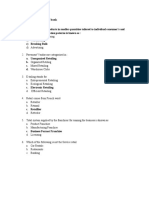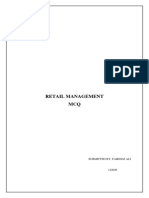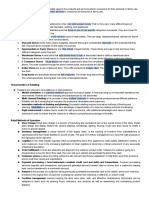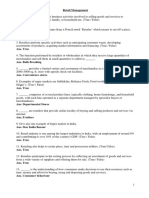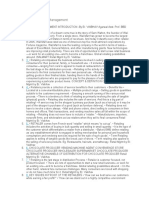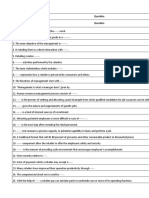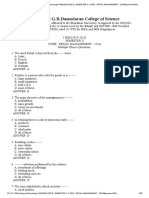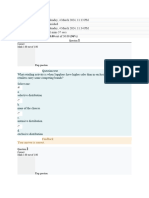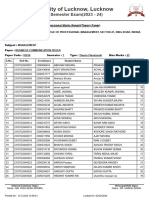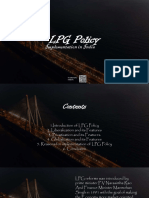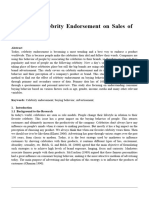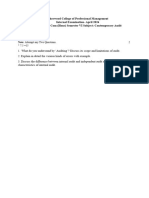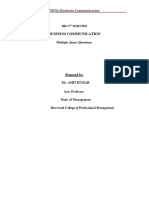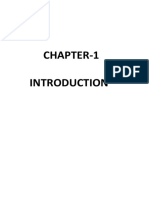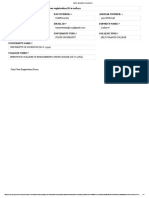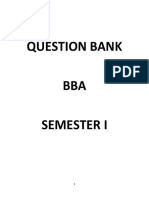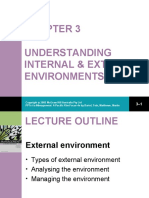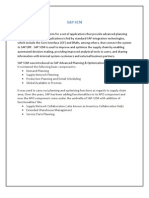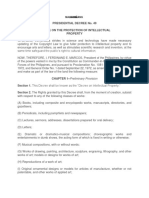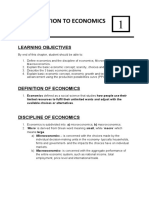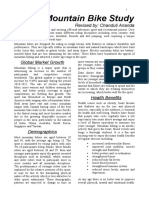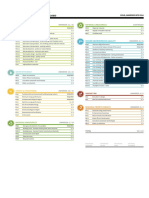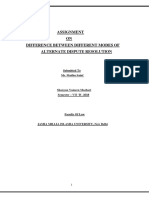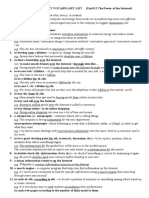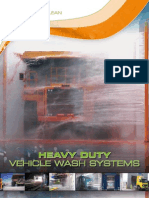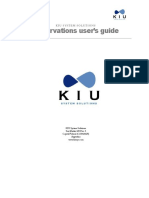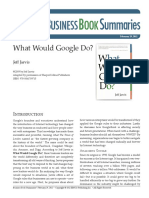0% found this document useful (0 votes)
539 views3 pagesMcom II MGMT Retail Management Practice Questions
The document contains 20 multiple choice questions about retail management topics including:
1. Breaking bulk refers to retailers offering smaller product quantities tailored to individual consumption.
2. Pavement vendors are part of unorganized retailing.
3. E-tailing refers to electronic or online retailing.
4. EDI stands for electronic data interchange.
Uploaded by
Karan Veer SinghCopyright
© © All Rights Reserved
We take content rights seriously. If you suspect this is your content, claim it here.
Available Formats
Download as PDF, TXT or read online on Scribd
0% found this document useful (0 votes)
539 views3 pagesMcom II MGMT Retail Management Practice Questions
The document contains 20 multiple choice questions about retail management topics including:
1. Breaking bulk refers to retailers offering smaller product quantities tailored to individual consumption.
2. Pavement vendors are part of unorganized retailing.
3. E-tailing refers to electronic or online retailing.
4. EDI stands for electronic data interchange.
Uploaded by
Karan Veer SinghCopyright
© © All Rights Reserved
We take content rights seriously. If you suspect this is your content, claim it here.
Available Formats
Download as PDF, TXT or read online on Scribd
/ 3




